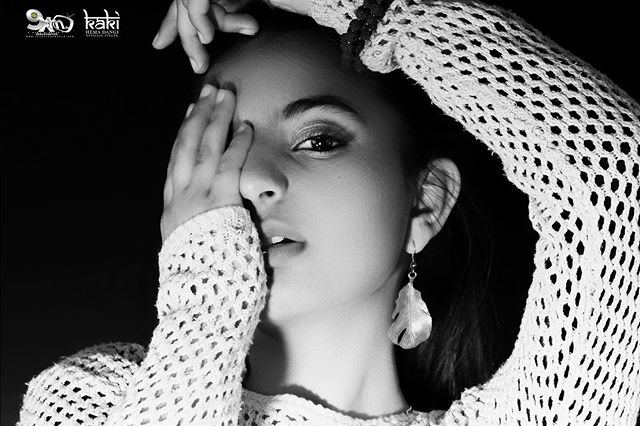Picture an opera made entirely of a mad scene, and you have “Foreign Experiences,” an installment in “Now Eleanor’s Idea,” Ashley’s tetralogy whose construction recalls another four-work saga, Wagner’s “Ring.” In “Experiences,” the protagonist, Don Jr., spirals in isolation after a move to California, and from his apartment he imagines paranoid adventures in esoterica, in search of truths about power and wealth. He comes to conclusions like, “‘If you have to ask, you can’t afford one,’ I always thought we ought to have that carved into that stupid mountain with the four guys’ heads.”
Don Jr.’s thoughts come quickly; “Foreign Experiences,” alone in “Now Eleanor’s Idea,” is set to 90 beats per minute instead of Ashley’s usual 72. And those beats matter to each line of the opera’s 50-page libretto. This is a work of extreme mathematical precision that, in performance, shows no signs of being precise at all, with manic speech unfurling over ambient synth chords that reflect both the mood and sound world of “The X-Files.”
Ashley’s score, though, details how many beats are given to each line: four in Acts I and IV, and three in Acts II and III. (Despite those differences, each act comes in at 18 minutes.) He details which letters fall on which beat, and where the chords change. Vocalists are given pitches to speak-sing their lines like an incantation or trance.
Lines can be just a few words, or entire verbose sentences; regardless, they have to fit the same number of beats. In that sense, the musicality of “Foreign Experiences” is not so different from rap. And, like rap, it’s not easy.
Recent revivals of Ashley’s operas, thankfully, have been taken on by superbly qualified teams. They have been produced by Mimi Johnson, his widow, with musical direction, sound design and live mixing by his collaborator Tom Hamilton. For better or worse, there is a vintage quality in the stage and lighting design by David Moodey, which is based on Jacqueline Humbert’s from 1994, a simple arrangement of rusted, corrugated metal lecterns made to look like a tribunal.
Source link











